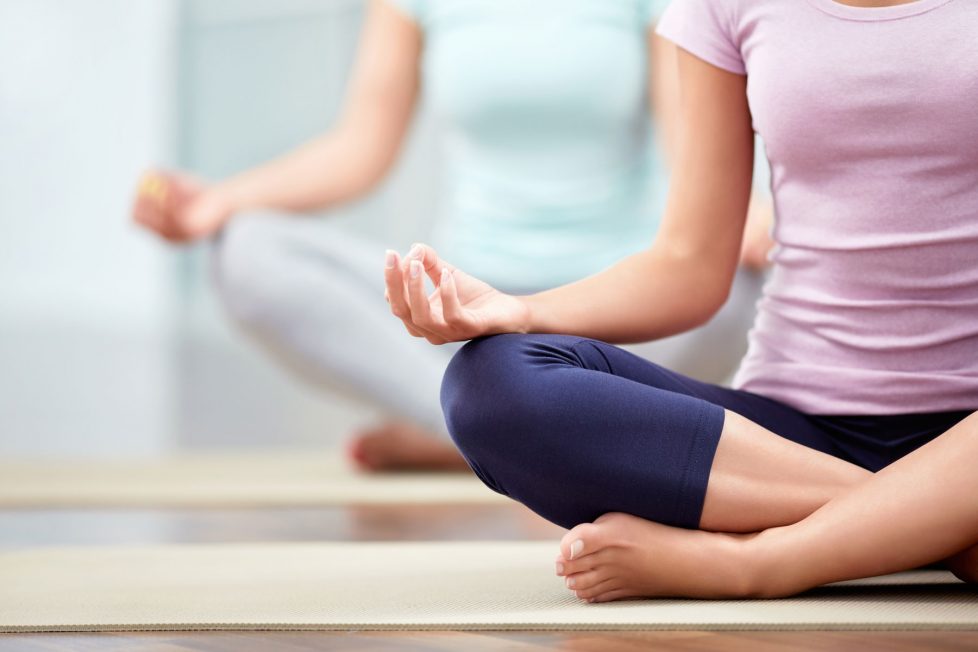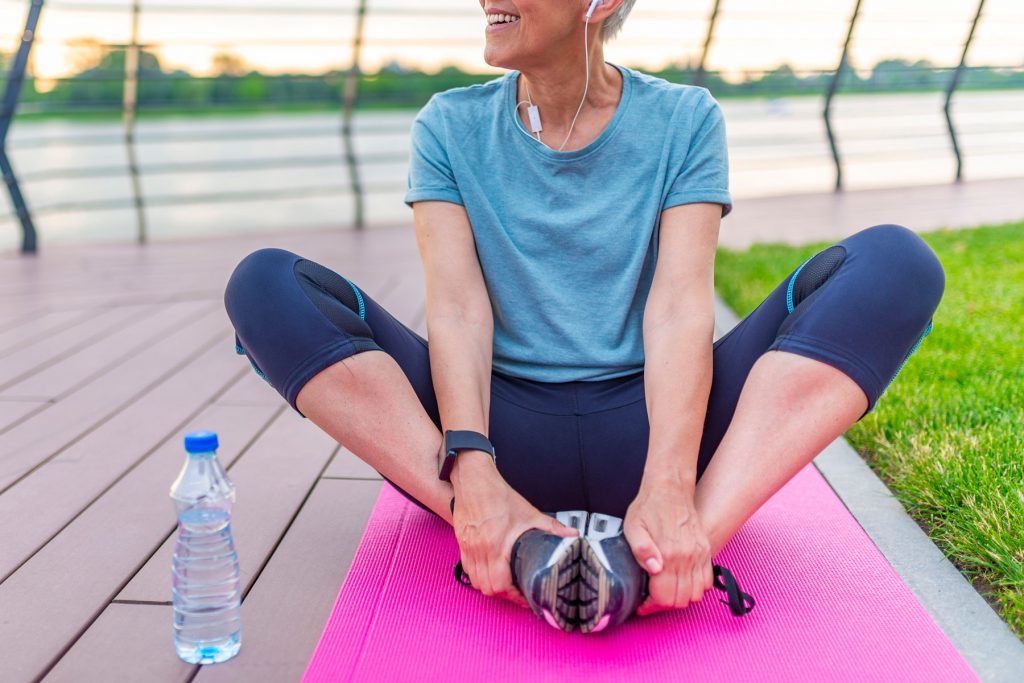Pelvic floor: what it is and what it’s for
How well do you know your body? Did you know there is a part of your body that is extremely important for some of the most basic bodily functions and for your sexuality? We are talking about the pelvic floor.








